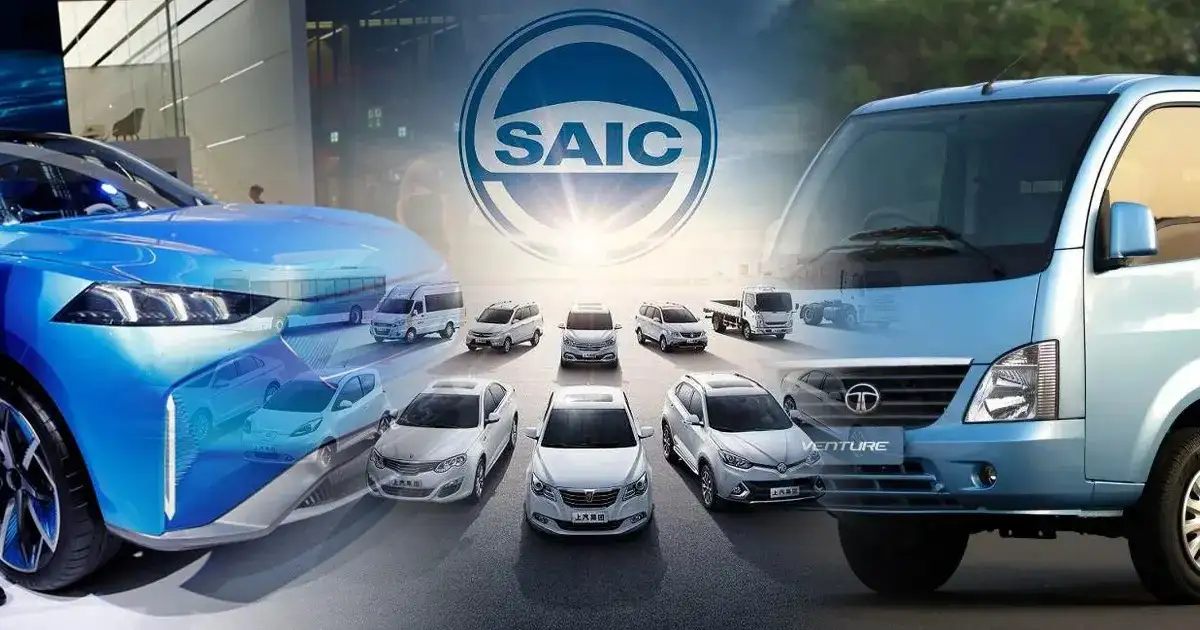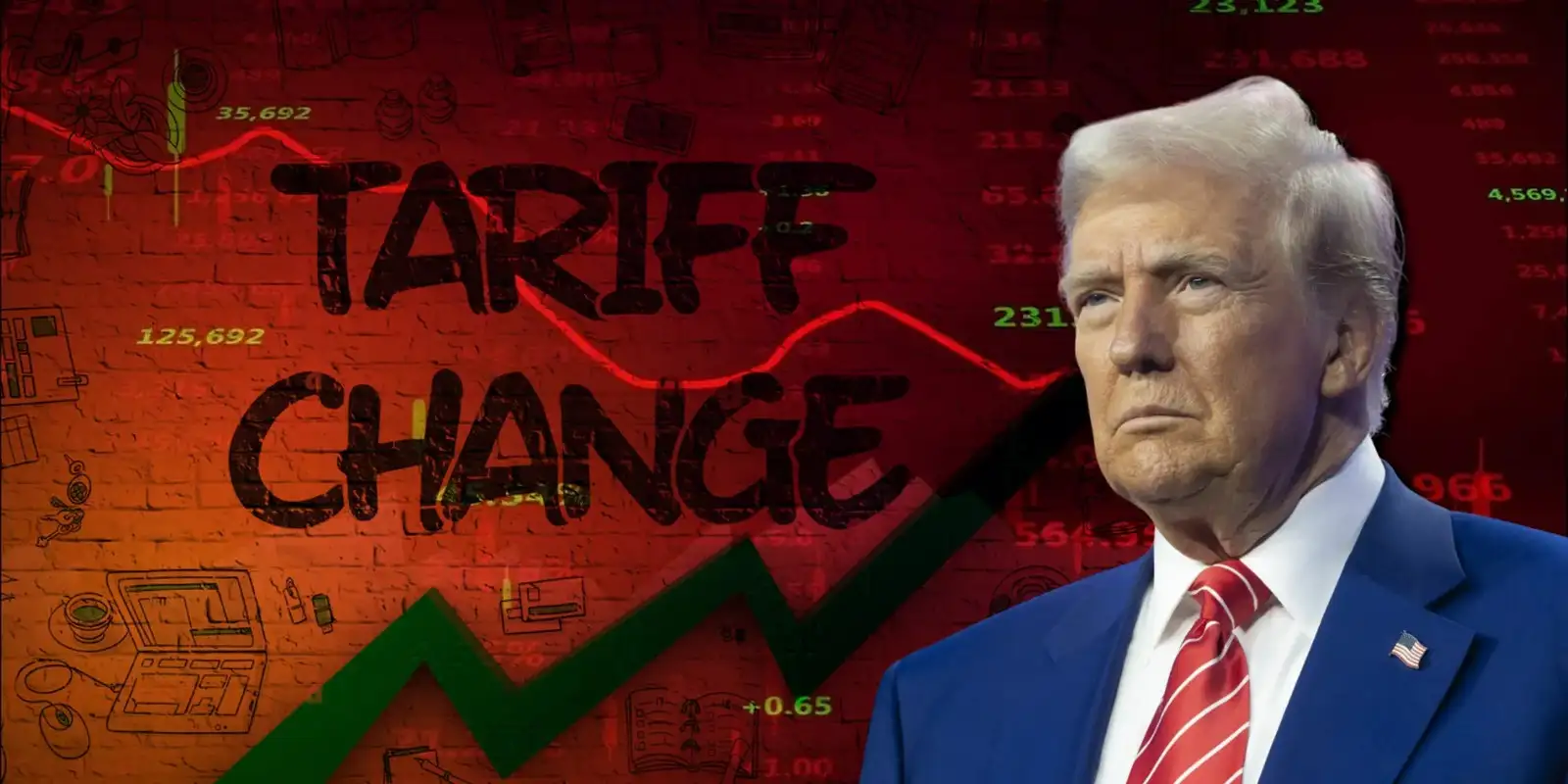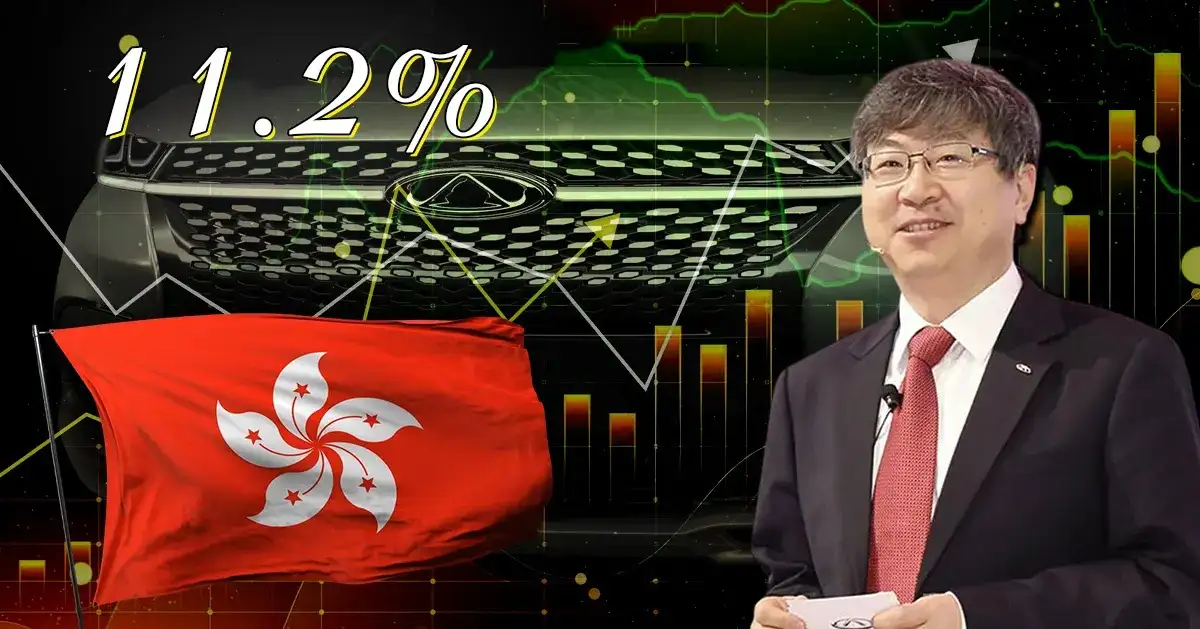China’s SAIC To Cut Stake In India Car Venture Amid Investment Curbs
In a move that underscores the growing tension between geopolitical policy and industrial ambition, China’s SAIC Motor is preparing to significantly reduce its stake in its Indian joint venture, JSW MG Motor, amid persistent investment restrictions and strategic misalignment.
The decision marks a turning point in India’s electric vehicle (EV) landscape and signals a recalibration of foreign capital in one of the world’s fastest-growing auto markets.
SAIC’s Stake Reduction: What We Know
SAIC Motor, one of China’s largest state-owned automakers, currently holds 49% in JSW MG Motor India. Sources close to the matter confirm that SAIC will dilute its stake substantially, halting any new capital investment into the venture. The company will continue to provide technology and product support, but its financial commitment is effectively frozen.
“SAIC has made it clear they are not committing additional capital to India right now. Their focus is China and Europe,” said Parth Jindal, Director of JSW MG Motor India.
JSW Group, which acquired a 35% stake in the venture last year for approximately $300 million, is now negotiating to become the largest shareholder.
Talks are ongoing, with valuation disagreements reportedly slowing the process.
The Political Backdrop: Press Note 3 and Investment Curbs
India’s Press Note 3, introduced in 2020, mandates prior government approval for investments from countries sharing a land border with India, a policy widely interpreted as targeting Chinese firms.
This has led to delays in approvals, scrutiny of EV proposals, and rejection of SAIC’s earlier $650 million investment plan.
JSW MG Motor’s recent $240 million EV manufacturing proposal is still under review. A key concern for regulators is whether returns on investment would flow back to China, given SAIC’s initial funding.
Strategic Friction: JSW’s Parallel Talks with Chery
Beyond policy, internal tensions have emerged. JSW is reportedly in advanced talks with Chery Automobile, another Chinese automaker, for a technology-only partnership to build cars under the JSW brand. This move has irked SAIC, which sees it as a dilution of its influence and a potential conflict of interest.
“JSW has long wanted to sell cars under its own brand,” said one source familiar with the matter. “Talks with Chery are not about equity, they’re about licensing platforms and powertrains”.
What This Means for MG Motor India
MG Motor India, launched in 2019 after SAIC took over a former General Motors plant in Gujarat, has relied heavily on SAIC’s engineering, design, and platform support. Vehicles like the Hector SUV, Comet EV, and Windsor EV are built on SAIC’s architecture.
With SAIC stepping back, questions loom over:
- Next-gen platform development
- Safety and tech updates
- EV localisation targets
JSW has pledged to increase localisation from 30% to 72% by year-end, with a long-term goal of 90%. However, without SAIC’s R&D pipeline, MG risks falling behind competitors who control their own innovation.
Ownership Breakdown (Post-Restructuring)
| Stakeholder | Ownership % |
| SAIC Motor (China) | 49% |
| JSW Group (India) | 35% |
| Financial Institutions | 8% |
| Dealers | 3% |
| Employees (ESOPs) | 5% |
SAIC’s retreat is not just a corporate reshuffle; it’s a litmus test for India’s ability to balance national security, economic growth, and technological autonomy. As JSW steps up, the future of MG Motor India will depend not just on capital, but on whether it can build, or borrow, the engineering backbone needed to compete in a rapidly evolving market.






